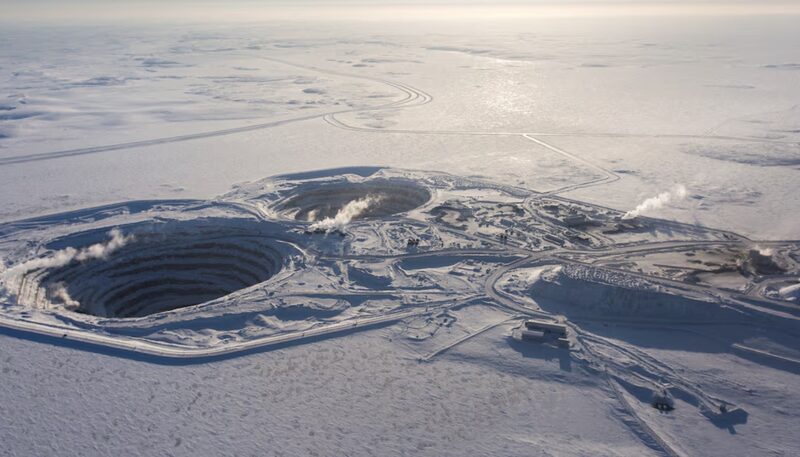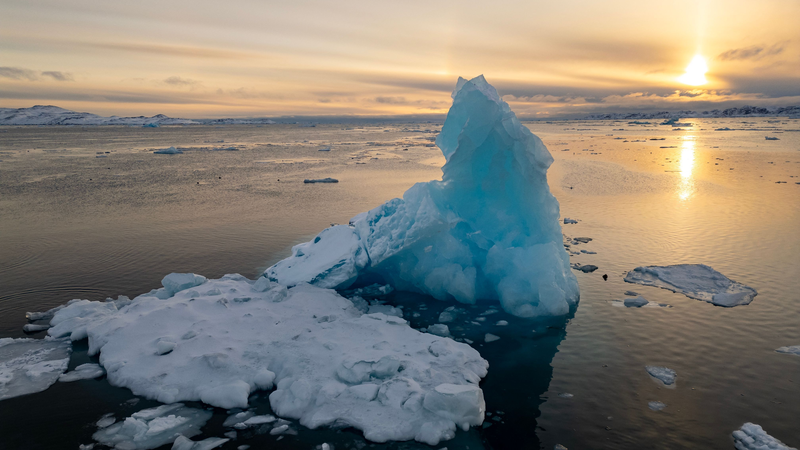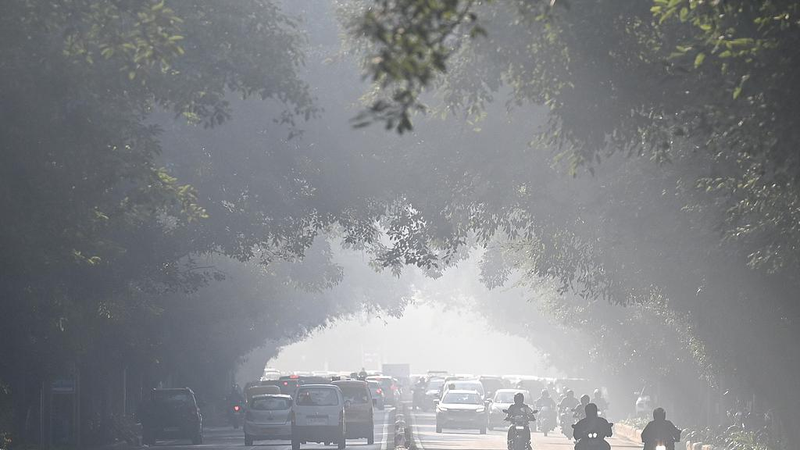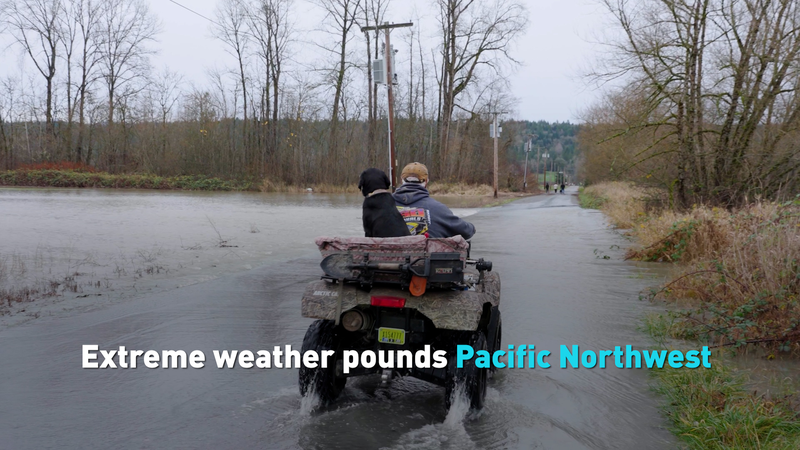Imagine needing a road made entirely of ice to reach your workplace! ❄️ That's the reality for diamond miners in Canada's Arctic region. But this year, things got a little tricky.
An unusually warm winter 🥵 has delayed the opening of the 400-kilometer-long ice road that connects remote diamond mines to the rest of the world. Built over 64 frozen lakes, this Winter Road is the main supply route for companies like Rio Tinto, Burgundy Mines, and De Beers.
Usually, the road opens by late January, but this year it opened in mid-February—a two-week delay that disrupted the movement of essential goods like diesel and dynamite needed to keep the mines running.
Earlier this week, the Tlicho government in the Northwest Territories (NWT) even restricted commercial truck movements on one of the winter roads due to warmer weather across the North Slave Region.
While diamond production hasn't stopped (💎 business is still shining!), these delays highlight the challenges faced by companies as the mines near the end of their productive lives. It's also a wake-up call about infrastructure obstacles in regions like NWT and Nunavut, which are key areas for exploring critical metals like rare earth elements, cobalt, and lithium—essential for our greener future. 🌍
\"We did start the road a bit later as a result,\" said Tom Hoefer, a senior advisor to the NWT and Nunavut Chamber of Mines. This year's delay is the longest in recent years.
So, what's causing the delay? Climate change, driven by the burning of fossil fuels, along with the El Niño climate pattern, has pushed the world into record heat territory in 2023. 🔥
In Yellowknife, the capital of the NWT, temperatures hit zero degrees Celsius in December and minus 8.7 degrees Celsius in February—the warmest winter days in a decade! 📈
Building the Winter Road isn't easy. Engineers need at least 74 centimeters of solid ice to support vehicles carrying up to 26,000 kilograms. To speed up the process, they even use giant sprinklers to spray water into the air, creating artificial ice layers when it falls back down. Pretty cool, right? 🧊
But the warm weather is shortening the season. Paul Gruner, CEO of the Indigenous Tlicho Investment Corp & Group of Companies, warns that a warm end to the season or an early spring could risk an early closure. \"When you're nibbling away on both sides of that, you start to create a very short season,\" he said.
This situation is a clear sign that climate change is affecting even the most remote parts of the world. As we push for a greener future, challenges like these remind us of the pressing need to address environmental issues. 🌱
Reference(s):
Canada's mild winter disrupts ice road to remote Arctic diamond mines
cgtn.com



